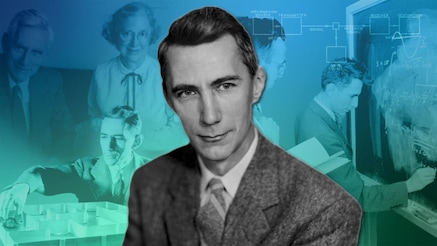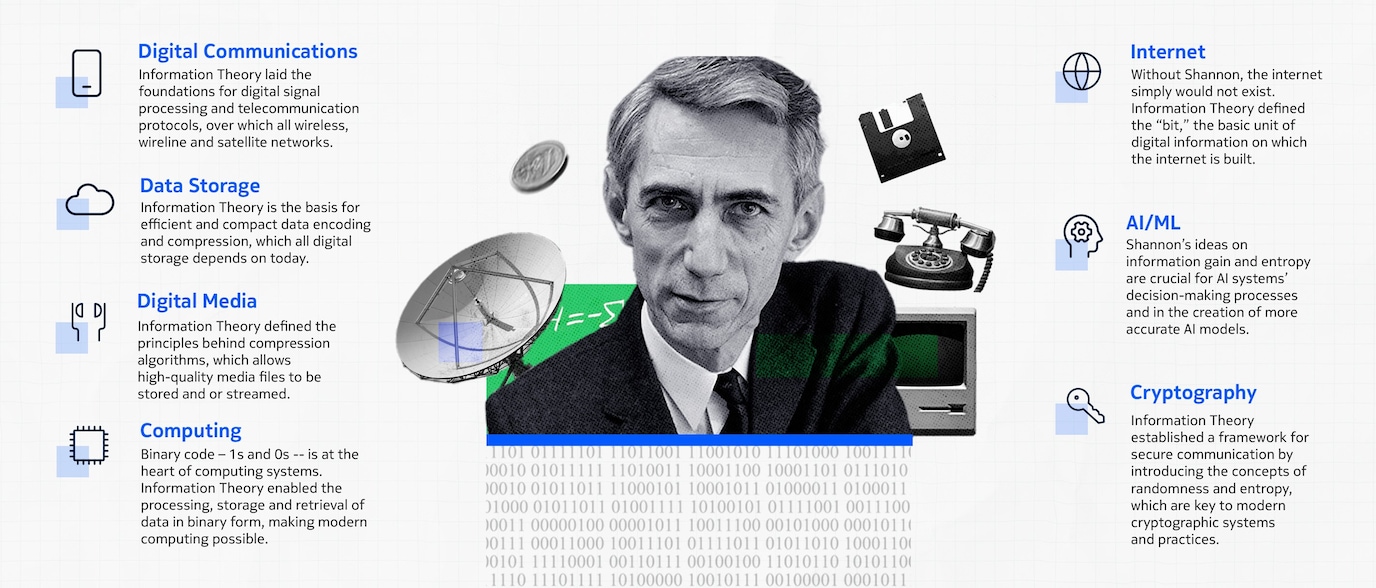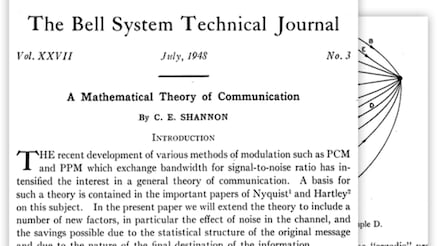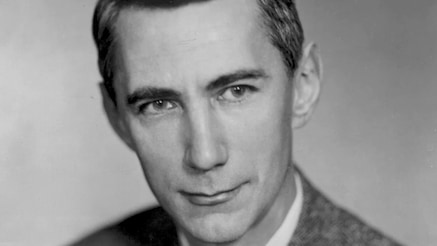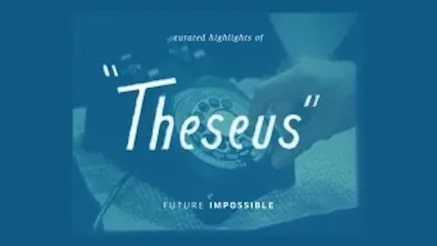The idea that shaped the digital world
75 years ago, a paper titled “A Mathematical Theory of Communications” appeared in the Bell System Technical Journal. The world would never be the same. In that paper, Bell Labs researcher Claude Shannon laid out the principles that govern all communications. He also first described the “bit” – the most fundamental unit of digital information. Shannon’s Information Theory set the stage for modern wireless and wireline communications, computing, digital media and even the internet itself. Today Shannon’s legacy is everywhere – in the smartphones in our pockets, in the movies we stream to our TVs and in every single individual bit within the billions upon billions of Terabytes that traverse global networks each year.
The father of Information Theory
Learn about the multifaceted researcher Claude Shannon and the indelible mark he made on modern technological innovation
How Shannon inspired our researchers
The impact of Claude Shannon’s information theory has reverberated far and wide in the 75 years since his monumental discovery at Bell Labs. Hear from current Nokia Bell Labs researchers describing how Shannon’s work has affected their lives and careers.
A Mathematical Theory of Communication
Read the famous paper in its original form preserved in the Nokia Bell Labs archives. In this seminal work, Shannon illustrated the fundamental principles governing any communication channel, whether a transmission between a smartphone and a tower or a conversation between two people in a crowded room.
The brilliance of Claude Shannon
Information Theory was just one of the many contributions Shannon made to science
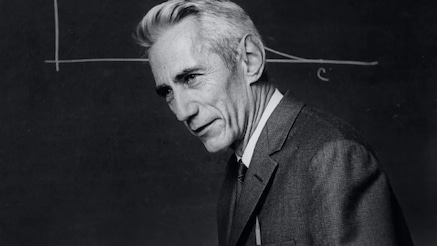
A goliath among giants - Claude E. Shannon
View an illustrated timeline of Shannon’s greatest discoveries and how they shaped – and continue to shape – technological innovation.
